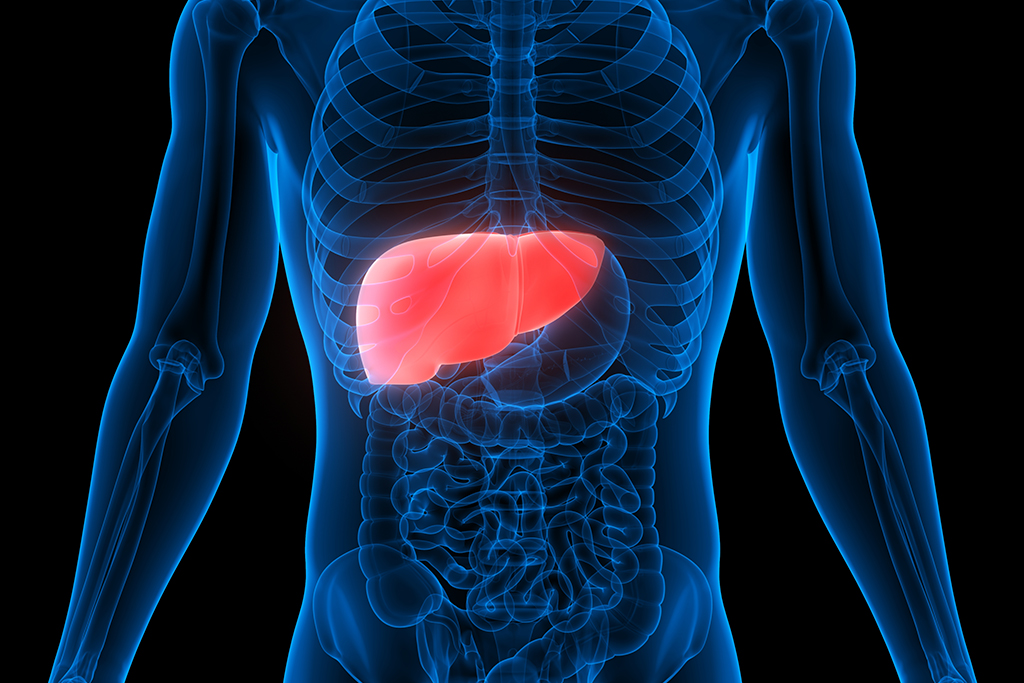
Hepatic encephalopathy (HE) is a syndrome that may occur in chronic and acute liver dysfunction. It involves a spectrum of neuropsychiatric symptoms and is associated with significant morbidity and mortality. Signs and symptoms can include:
- Changes in intellect, personality, and emotions;
- Sleep disturbances;
- Disorientation;
- Elevated arterial ammonia concentration;
- Electroencephalogram (EEG) changes; and
- Coma.
Hepatic encephalopathy can be divided into two broad categories, depending upon severity. Covert HE is a milder version that may be thought of as the pre-clinical stages of overt HE. While covert HE may not be as easy to identify, it is still associated with an increased risk of hospitalisation, falls, impaired driving ability, and death.
It is thought that HE is present in around a third of patients with liver cirrhosis. However, studies that use more rigorous screening methods may report an incidence of some degree of HE in up to 85% of patients. In patients with liver cirrhosis, HE is most frequently associated with a precipitating factor such as renal impairment, gastrointestinal bleeding, infection, electrolyte disturbances, constipation, and non-adherence to prescribed therapy. Reversible causes should be recognised and treated as appropriate.
The first-line agent for the treatment of HE is the laxative, lactulose. To understand how this simple over-the-counter medication can treat the neuropsychiatric symptoms of HE, it is necessary to understand some of the mechanisms behind the condition.
Hepatic encephalopathy is a complex condition. While the precise pathogenesis is not entirely understood, nitrogenous substances such as ammonia are thought to play a large role. Ammonia is a neurotoxic agent that is mainly removed from the body by hepatic conversion to urea which can then be renally excreted. If ammonia is allowed to accumulate, it may disrupt cellular energy metabolism, mitochondrial function, inflammatory processes, and neurotransmission.
Ammonia is naturally produced in the gastrointestinal tract. It is a product of the bacterial degradation of amines, amino acids, purines and urea. Ammonia is also produced by enterocytes following the metabolism of glutamine. Blood from the intestines is normally carried directly to the liver via the hepatic portal vein. A healthy liver can then detoxify compounds such as ammonia before it reaches the systemic circulation. However, in the case of portosystemic shunting, irregular vascular connections divert portal blood directly into the systemic circulation. This reduced capacity to detoxify ammonia can lead to hyperammonaemia.
Other agents have also been suggested as potential mediators in the development of HE. These include phenols, thiols, short-chain fatty acids, cytokines, bacterial endotoxins, gamma-aminobutyric acid (GABA), and endogenous benzodiazepines. However, most successful therapies for HE are based on reducing ammonia levels.
Lactulose is a non-absorbable sugar that is metabolised by colonic bacteria. The main products of this metabolism are lactic acid and acetic acid. Production of these products results in acidification of the luminal contents, which is thought to produce the following beneficial effects:
- Ammonia is converted to the ammonium ion, which is relatively membrane impermeable. Therefore, less ammonia is absorbed into the blood;
- Increased movement of ammonia from the blood into the more acidic colon;
- Inhibition of the growth of ammonia-producing bacteria; and
- The diarrhoeal action may also be beneficial in aiding the removal of these trapped nitrogenous substances from the body due to the shortened intestinal transit time.
Controlled trials demonstrate that lactulose reduces blood ammonia levels by 25-50% and leads to clinical response in around 75% of patients. The Therapeutic Guidelines: Gastrointestinal recommend initiating lactulose for severe acute HE at 30mL orally every hour to induce a rapid laxative effect. A reduced dose should then be used for continued treatment of acute HE, to prevent recurrent HE, or to treat chronic HE.
Patients who experience repeated episodes of HE despite lactulose therapy may be considered for rifaximin therapy. Rifaximin is a poorly absorbed antibiotic that is used to eliminate ammonia-producing bacteria in the intestinal lumen. However, this is not a first-line option due to concerns regarding potential bacterial resistance. Other interventions, including angiographic occlusion of portosystemic shunts or even liver transplantation, may be required for recurrent or chronic cases.
References:
- Actilax® (lactulose) Australian approved product information. Millers Point: Alphapharm. Approved November 2018.
- Gastrointestinal Expert Group. Therapeutic Guidelines: Gastrointestinal. Version 6. Melbourne: Therapeutic Guidelines Limited; 2016.
- Patidar KR, Bajaj JS. Covert and overt hepatic encephalopathy: diagnosis and management. Clin Gastroenterol Hepatol. 2015; 13(12): 2048-61.
- Sood GK. Portosystemic Encephalopathy. Atlanta: Medscape; 2018.
Subscribe Knowledge Centre Updates
Enter your details to receive Knowledge Centre updates
